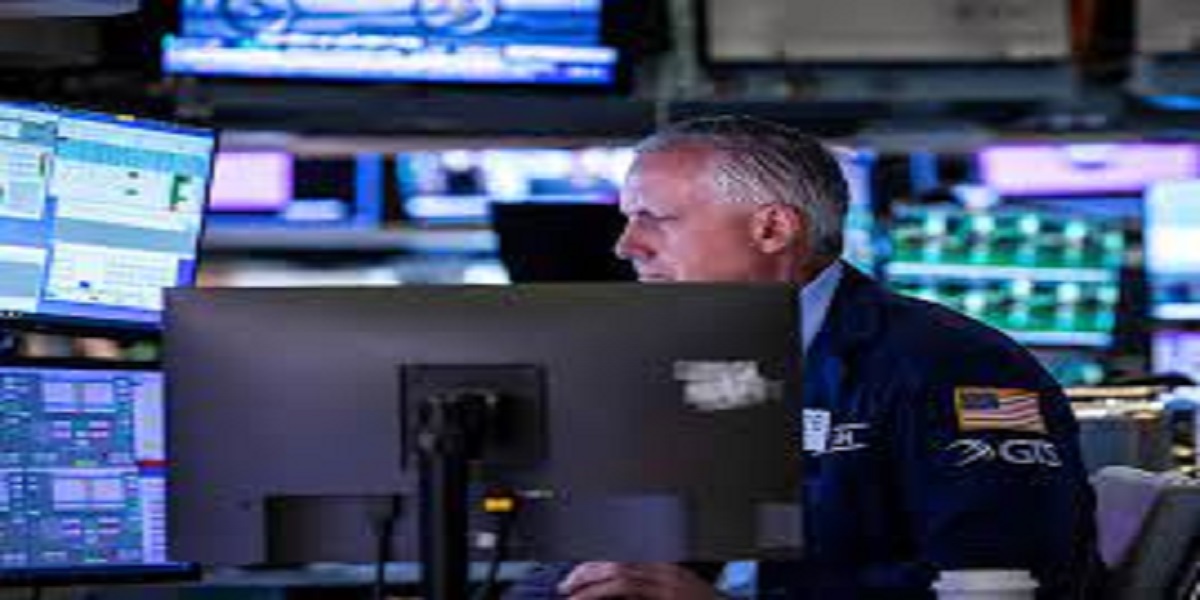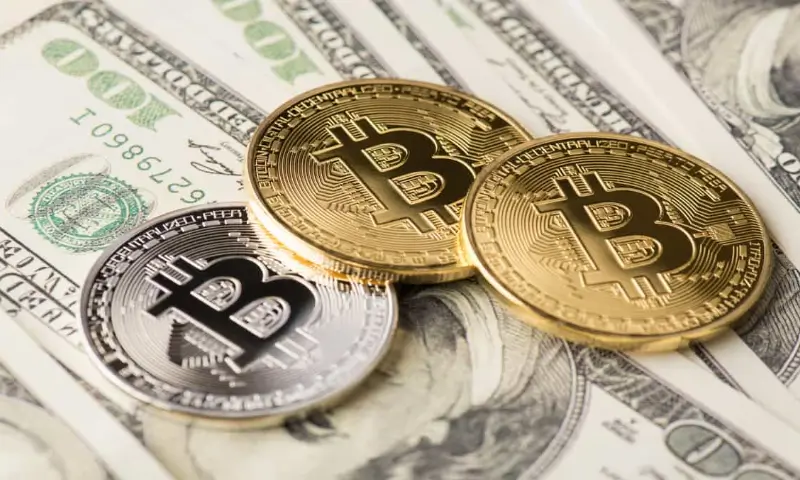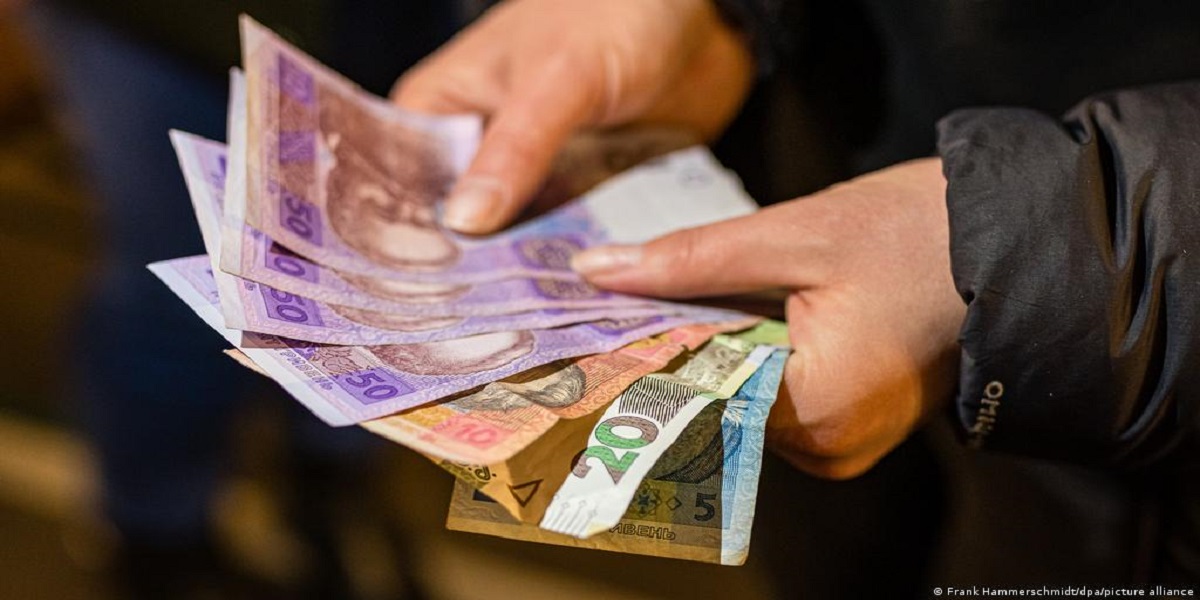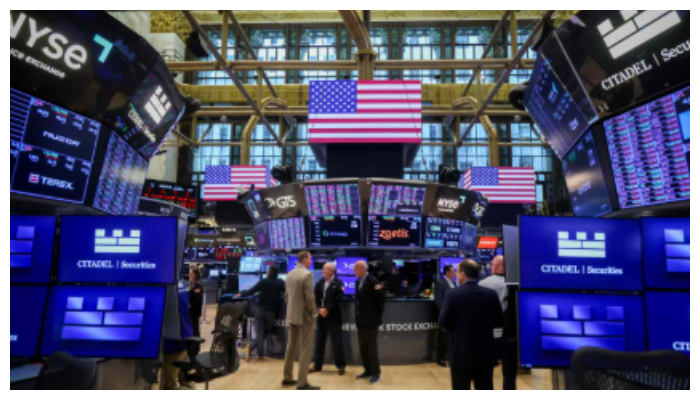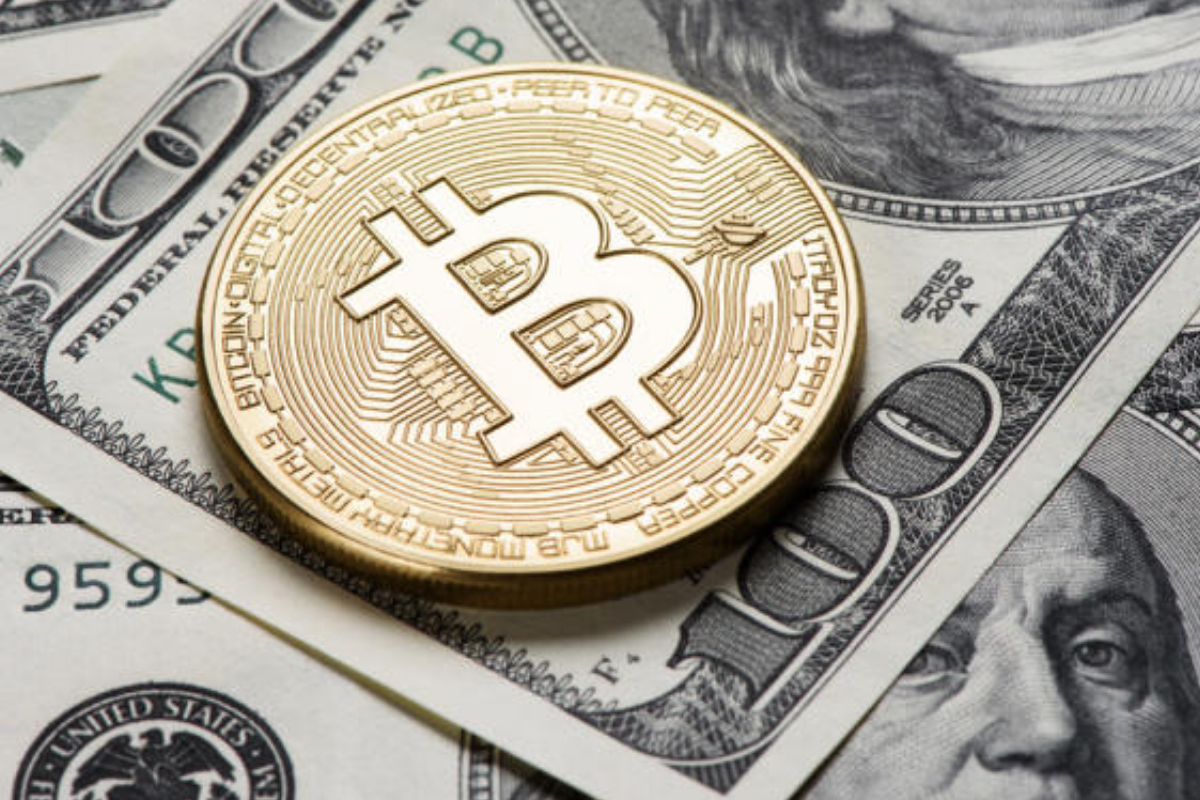The S&P 500 momentarily fell into bear market an area Friday, slipping over 20% from its record high and possibly finishing the bull run that started in March 2020.
An inversion late in the day pushed the record higher at the market’s nearby and saved it from arriving at an authority bear market assignment.
The S&P 500 figured out how to squeak 0.01% higher at Friday’s end ringer, or around 18% down from its January 3 record high, subsequent to falling by as much as 2.3% prior in the day.
The move comes closely following seven straight week by week misfortunes for the file and follows a very long time of sharp market drops. The S&P 500 has for some time been viewed as the most reliable proportion of the country’s stock exhibition.
In the three years preceding this close bear market, the record became by 90%.
The record’s slide features financial backers’ inexorably dim monetary viewpoint — one filled by easing back monetary and profit development, rising expansion and the Federal Reserve’s resulting money related fixing.
These circumstances will probably go on until there’s an adequate number of monetary information to demonstrate that expansion is cooling, said Liz Young, head of speculation methodology at SoFi. “I don’t believe we’re at very top freakout yet,” she said. “It probably won’t be enough to get over into bear an area.”
Youthful sees a gradual process ahead. “I figure we could need to remain [in a bear market] for a brief period. I don’t realize that we will return out of it rapidly.”
Friday’s short tease with a bear market is likewise a terrible sign for the economy overall.
Just a single bear market over the most recent 50 years, the market decline of 1987, was not joined by a downturn.
“For most of the buyer market since the March 2020 low, financial backers have had motivations to purchase the plunges; and considering this log jam is looking more ‘normal’ and extended, there is an elevated level of dread and not knowing where to stow away,” composed Charles Schwab examiner Kevin Gordon in a note.
“I don’t feel that uneasiness leaves us at any point in the near future, particularly given the way that money related and financial approach are no longer at financial backers’ backs.”
There is a colloquialism among market investigators that the Fed will in general fix strategy until something breaks, and numerous experts accept that this slump will forge ahead until the Fed completes its ongoing round of financing cost climbs.
“With Federal Reserve strategy actually ready to speed up the speed of fixing, with asset report decrease entering the blend and expansion demonstrating to some degree difficult, financial backers are moving their look toward potential for a development alarm in the event that not a by and large downturn,” composed Lisa Shalett, boss venture official at Morgan Stanley Wealth Management, in a note Monday.
Morgan Stanley predicts a 27% opportunity of downturn in the following a year, a likelihood that hopped from only 5% in March.
Central bank seat Jerome Powell, in the mean time, doesn’t anticipate market upheaval once the bear market formally starts. “Instability has been up somewhat, that significantly affects liquidity in certain business sectors,” he said during a Wall Street Journal interview Tuesday. “Regardless, the business sectors are efficient, they are working.”
There have been 17 S&P 500 bear advertises (or close to bear markets) since World War II with a typical drop of almost 30% and a span of about a year, as indicated by an investigation by LPL Research.
As per starter information, the S&P 500 acquired 0.01% for the day on Friday and lost 3% for the week.
The Nasdaq Composite lost 0.3%, for the afternoon and 3.8% for the week, posting its seventh consecutive seven day stretch of misfortunes.
The Dow Jones Industrial Average shut level however lost 2.9% for the week, denoting its initial 8-week series of failures starting around 1923.

